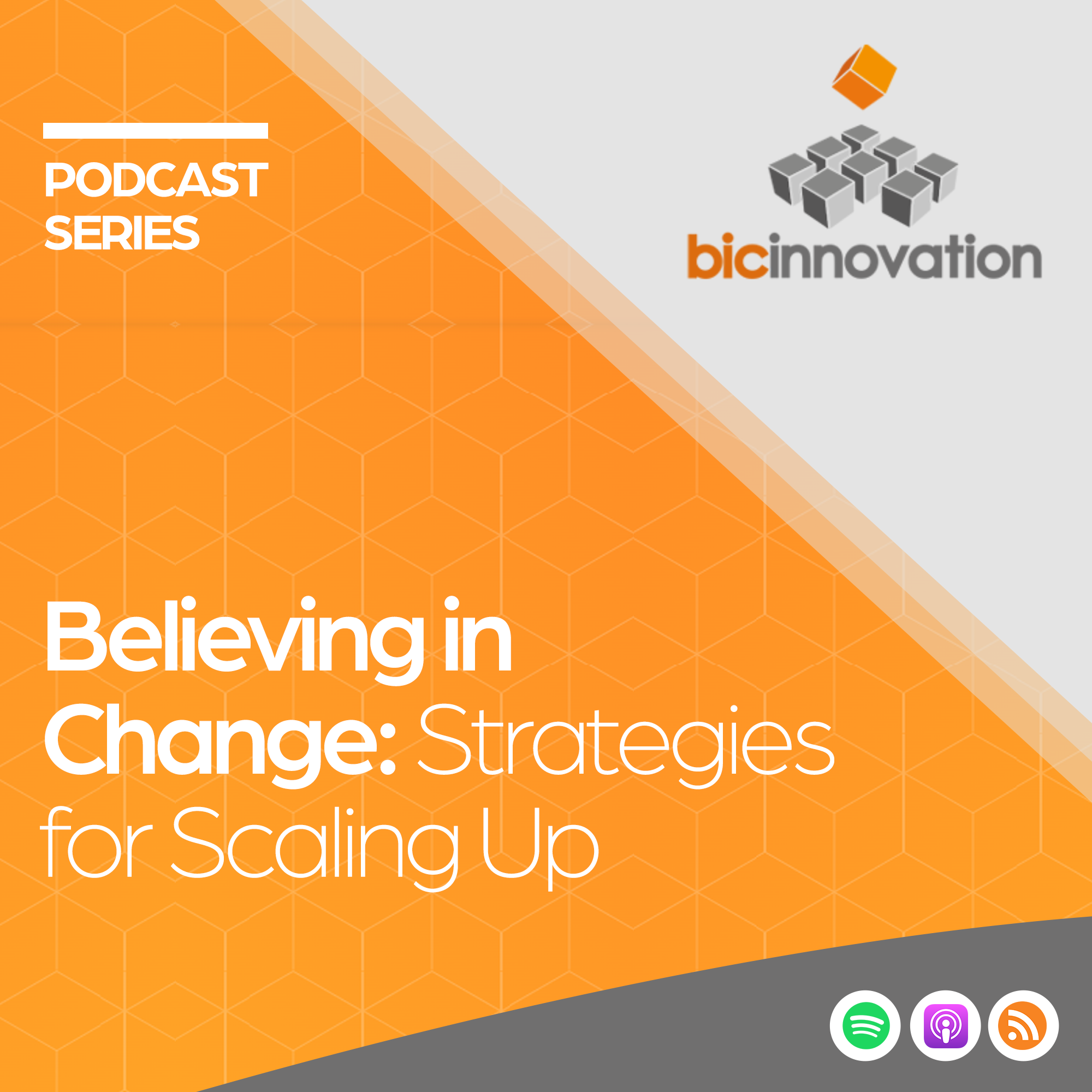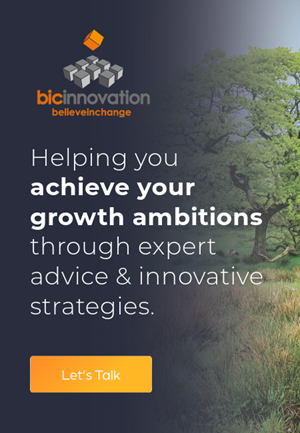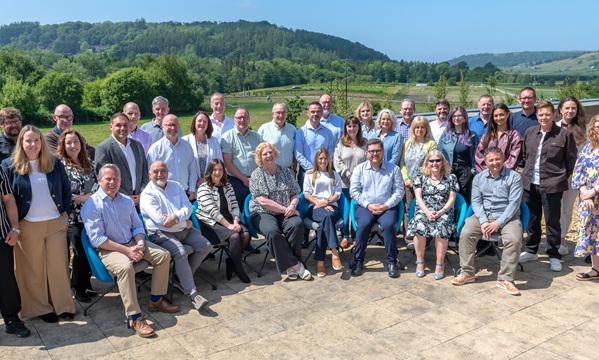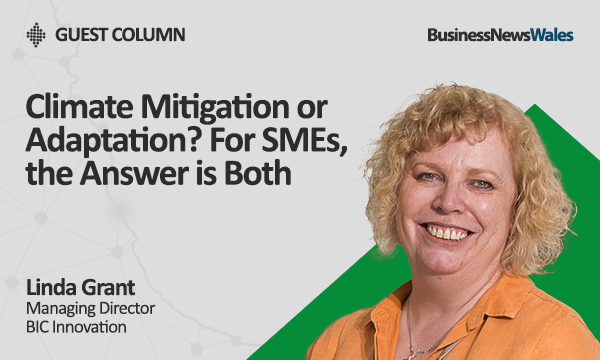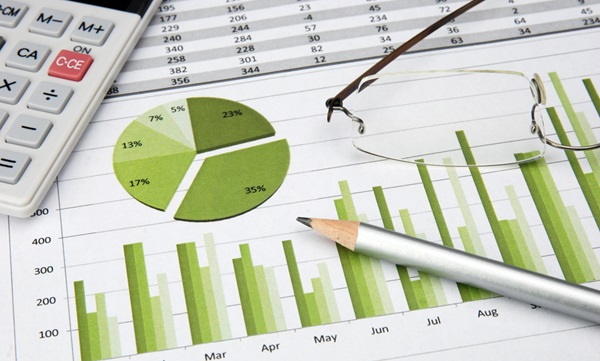
GUEST COLUMN:
Stu Meades
Managing Director
Greener Edge

Greener Edge supports organisations across the public, private and third sectors to understand their carbon footprint and reduce their emissions. Based in North Wales, we work with businesses of all sizes – but much of our focus is on SMEs, because that’s where some of the biggest challenges and opportunities sit.
For many small and medium-sized businesses, climate resilience is a difficult subject to tackle. It’s not that they don’t care – far from it. Most business owners I speak to understand, at a high level, that their operations have an environmental impact. But when it comes to the technical language, the regulations, and what they’re actually supposed to do, things can quickly become overwhelming. And that’s entirely understandable.
The reality is that carbon accounting is a discipline in its own right. I often compare it to financial accounting: most businesses understand cashflow, but they don’t necessarily do their own accounts. They outsource to a professional who knows the detail. The same should apply here. It’s unrealistic to expect an SME – particularly one at the smaller end of the scale – to have in-house expertise on emissions reporting and carbon reduction. That’s where external support can help.
The starting point is understanding what we mean by emissions. We divide them into three categories: Scope 1, Scope 2 and Scope 3.
Scope 1 covers emissions from fuels you burn directly – things like gas, diesel and petrol. Scope 2 is about the electricity you use, and the emissions created in generating that power. Both of these are largely within your control.
Scope 3 is everything else – emissions tied to your supply chain, your distribution, your staff travel, and the goods and services you purchase. These are harder to control, but for most SMEs they make up the bulk of their footprint – often as much as 85 to 90%.
Net zero is another term that causes confusion. At its simplest, it means balancing your emissions with carbon removal through natural methods like trees or technical processes like carbon capture. But for SMEs, net zero is really about doing everything you reasonably can to reduce emissions now, and planning to go further in the future. It’s not about putting a carbon capture unit in your back garden – it’s about taking practical steps that make sense for your business.
This is where a Carbon Reduction Plan comes in. A good plan will measure your complete footprint, not just the bits you have most control over. It will be transparent about what you can and can’t influence, and it will set out clear actions over a period of five to ten years, with realistic expectations about how your emissions will change as a result.
It’s important to recognise that not all emissions can be tackled at once. Some will be tied to supplier contracts or technology limitations. But acknowledging them is the first step. The way we approach it is simple: break down your emissions into a pie chart and start with the biggest slice. Ask whether you’re doing everything you can to address that part. Then move to the next. It’s a logical, structured process.
There’s a temptation among businesses to delay action because they’re waiting for the next big technological breakthrough. But that can quickly become a reason to do nothing. The technology will always be improving, but that shouldn’t stop you from making progress now. We regularly come across businesses who haven’t made basic changes like upgrading lighting or looking at solar despite those being well within reach. The phrase ‘low-hanging fruit’ gets used a lot, but it applies here. If you haven’t started yet, chances are you’ve got plenty of straightforward improvements right in front of you.
Increasingly, we’re seeing demand from consumers, supply chains, and regulators. Public sector procurement rules already require a carbon reduction plan for certain contracts. It’s likely those thresholds will drop. Supermarkets and large corporates are also asking more questions of their suppliers. This is no longer about voluntary action. It’s becoming part of what it means to be in business.
For long-term success, it’s not enough to have a plan on paper. Climate resilience needs to be embedded culturally, across the whole organisation. I often compare this to how health and safety evolved in the UK. It used to be one person’s job, and now it’s part of everyone’s role. The same shift needs to happen with sustainability. That means leadership from the top but also involving everyone, so that sustainability isn’t something separate, but something that influences decisions at every level.
There’s no quick fix, and no two businesses are exactly alike. But the fundamentals are the same. Start by understanding your emissions. Get the right support. Tackle what you can now. Plan for what you’ll do next. And embed it into the way you work. That’s how SMEs can build true climate resilience – one decision at a time.
Stu Meades talks about this and more in the BIC Innovation podcast episode Carbon, Climate and Sustainability – Building Resilience for SMEs. Listen to the podcast here.


